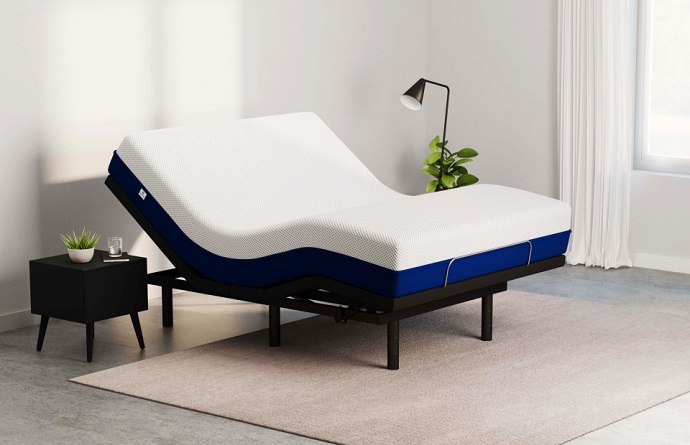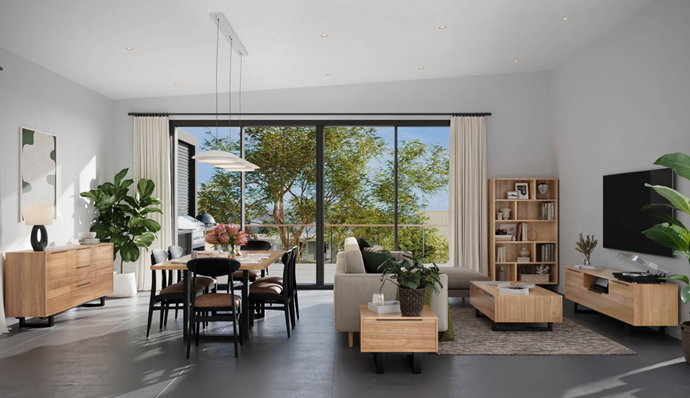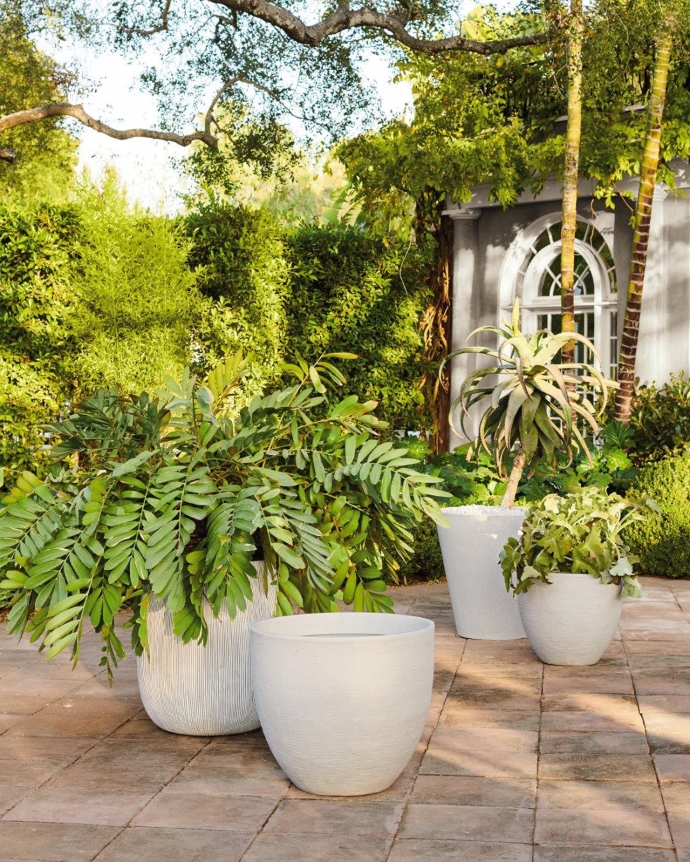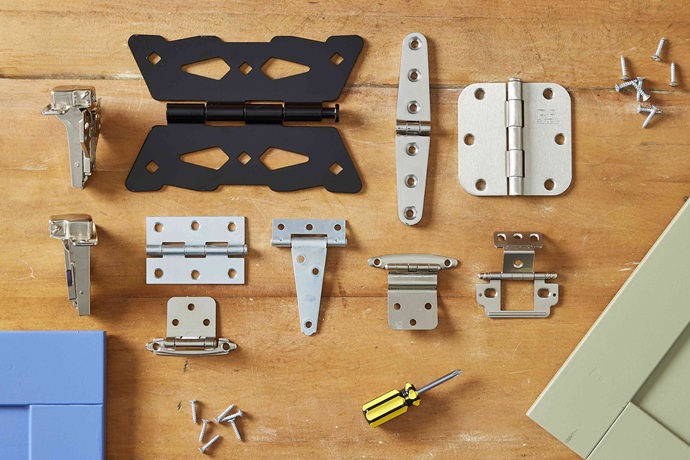Not every dog will need a dog run, but there are certain situations where it becomes a valuable addition to your home. If your backyard isn’t secure and there’s a chance your furry friend could escape, if you have small pets or plants that need protection from curious paws, or if your dog is dealing with behavioral issues, it might be time to consider investing in a dog run enclosure.
In Australia, terms like “dog kennel run,” “dog kennel,” “dog fencing,” and “dog enclosure” are often used interchangeably to describe any dedicated outdoor space or structure designed for your dog to play, explore, and just be their happy, tail-wagging self. These spaces provide your pet with the freedom to run, scratch, and roll around while keeping them safe and your yard protected.
When shopping for the perfect dog run, it’s important to keep your specific needs in mind. Consider factors like the size of your dog, the available space in your backyard, and whether the enclosure needs to be portable or permanent. With a little planning, you can create a secure and enjoyable outdoor haven for your pup.
Design Types
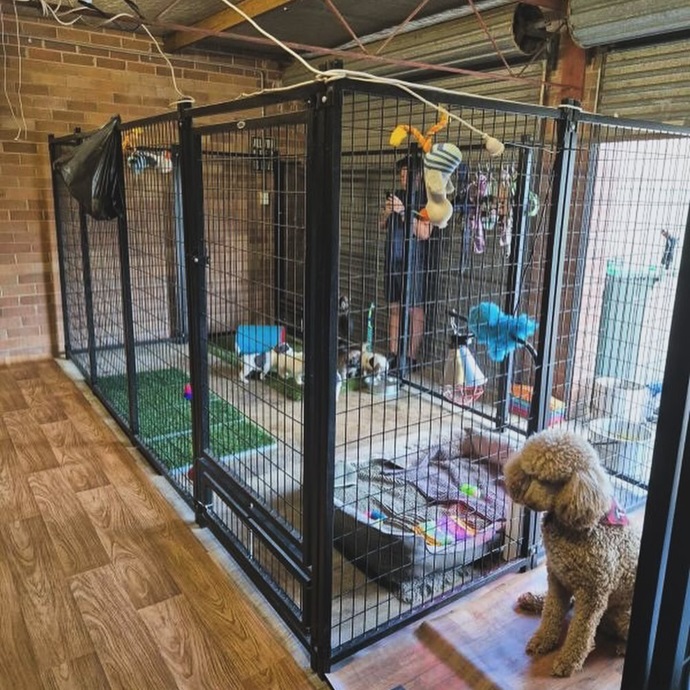
With that being said, give your dog the space they need while keeping them comfortable and safe with an easy-to-set and durable dog run enclosure. Not all dog runs for sale are the same. Some are more convenient than others. However, chain mesh designs are the most popular among dog owners.
These are the most affordable options on the market because chain mesh can be folded into a small box, lowering both production and shipping expenses. Keep in mind that chain mesh is often less sturdy than welded wire panels (assuming the same wire gauge); hence, it is not recommended for stronger breeds. If you are looking for a simple run for small or medium dogs and have no plans to extend or replace it shortly, you could consider a chain mesh dog kennel run.
The welded wire type of panel is more expensive to make and ship since the wiring is permanently welded into a metal tube frame; nevertheless, welded panels are significantly stronger than chain mesh and are typically required for large breeds. For example, the wiring on quality welded panels can easily support a 65 kg human with minimum bending. Because all of the panels are fully constructed, all that remains is to link them together, making construction easier and faster.
Because this design type is constructed with separate wall panels, it has greater versatility in terms of size and shape. You can acquire as many or as few panels as you want and arrange them in any form you choose. You can also easily add more panels to make it larger in the future, as well as more bays on the side with additional panels and doors.
Size and Height
Depending on the size and shape of your backyard, you can determine the optimal location and hence maximum dimensions. Generally, bigger is better. However, for the ideal dog run enclosure consider how long your dog will stay inside. A run used to keep a dog for ten hours a day should be larger than one used for two hours. A 2 m by 2 m space may be sufficient for tiny breeds. For medium dogs, you should consider at least a 3 m by 2 m area. For medium to large breeds, you may need at least a 4 m x 2 m or 4 m × 3 m area.
Also, take into account the purpose of the run. If it is due to council requirements, make sure the size meets the minimal criteria. If you’re training a dog with behavioural issues, your trainer may not prefer a huge run. Unless you have little dogs, it is generally advised that your run be at least 1.8 meters in height. Many bored dogs can become good acrobatic climbers, so a top is a smart idea to prevent them from trying, as well as to provide weather protection.
Features to Look for
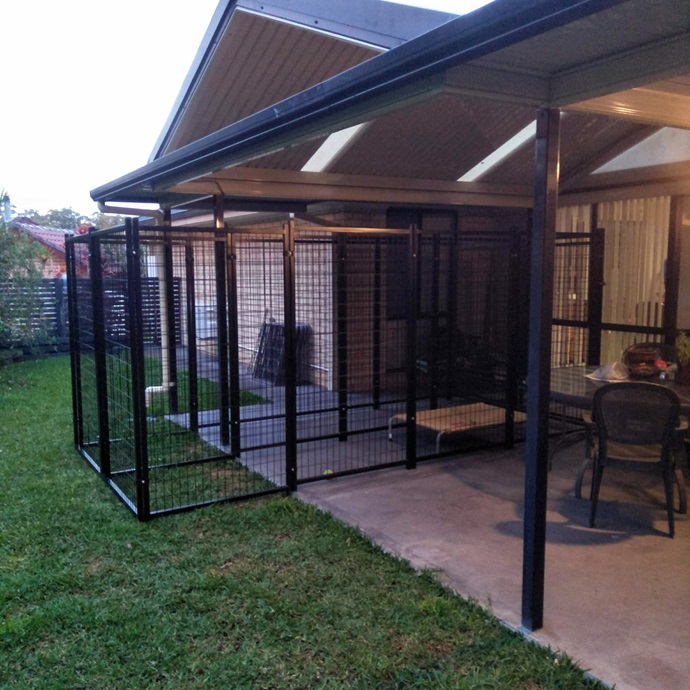
Australian weather may be harsh, so unless your dog run is within a shed or under a hardcover, you should either place it under a large tree or consider installing a roof cover to protect it from the sun and rain. Generally, when there is a wild storm, you should keep your dog indoors, either inside your home or in the garage.
If the area where you intend to place your dog run setup has soft ground and your dog likes to dig, you should be cautious about putting your kennel there because your dog may be able to dig its way out. If your dog is an adept digger, you can either place your dog on concrete or install floorboards inside to prevent digging.
If the space does not drain effectively after rain and remains wet for an extended period, installing floorboards inside can help keep the dog dry. Some commercial boarding kennels want to lay floorboards on concrete so they can easily rinse the entire area without making it too wet in there.
Dogs are intelligent creatures, so make sure your run has sturdy door latches and locks. Check that the door has minimum flex so that it does not bend when your dog pushes on the corners. Watch out for latches that could come undone if a dog pounds on it from the inside.












